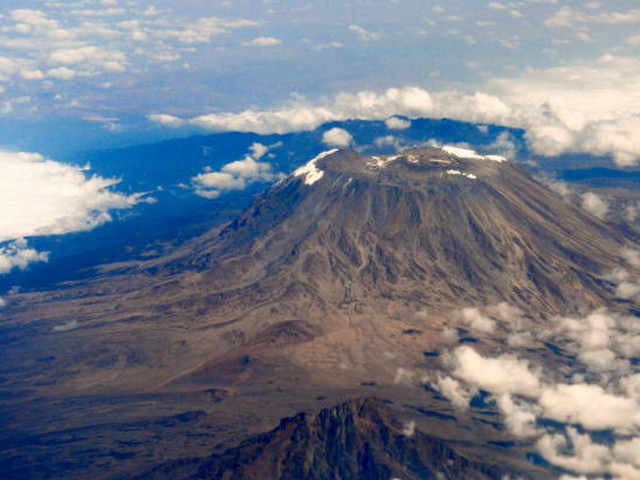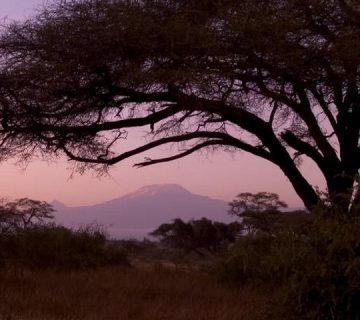Conquering Kilimanjaro: Understanding the Challenges and Risks
Introduction: Why Kilimanjaro Calls to You
The majestic Mount Kilimanjaro, standing proudly as Africa’s highest peak, calls to adventurers from around the globe with its snow-capped summit and breathtaking vistas. For many, the journey to its peak represents not just a physical challenge but a profoundly personal quest. However, as with any great adventure, trekking Kilimanjaro comes with its own set of challenges and risks. At the Kilimanjaro Centre for Trekking and Ecotourism (KCTE), we believe that understanding these hurdles is the first step towards a successful and memorable climb.
H2: The Altitude Factor: Acclimatization and Altitude Sickness
Understanding Altitude Sickness
One of the biggest challenges when climbing Kilimanjaro is dealing with the high altitude. The peak of Kilimanjaro reaches a staggering 5,895 meters (19,341 feet) above sea level—where the air is thin and oxygen levels are significantly lower. Altitude sickness is a common concern and can affect anyone, regardless of fitness or age.
Acclimatization Strategies
To combat this, proper acclimatization is essential. At KCTE, we recommend routes that allow for gradual ascent and include extra days to help your body adjust. Engaging in a pre-climb conditioning program can also enhance your body’s ability to adapt to higher altitudes.
H2: Physical Demands: Preparing Your Body
The Fitness Requirement
The trek to Kilimanjaro is physically demanding. It involves long trekking days, often on steep, rocky, and uneven terrain. While you don’t need to be an elite athlete, a good level of fitness will significantly enhance your experience and increase your chances of reaching the summit.
Training Tips
Start training at least three months before your climb. Focus on cardiovascular fitness, strength training, and hiking. Regular long walks, preferably on varying elevations, can simulate the conditions you will face on Kilimanjaro.
H2: Environmental Challenges: Weather and Terrain
Weather Woes
Kilimanjaro’s weather is notoriously unpredictable. You might experience sunny, warm weather one moment and freezing temperatures the next, especially as you ascend. Proper gear is crucial to shield yourself from the elements.
Navigating the Terrain
The terrain on Kilimanjaro varies significantly. From rainforests to alpine deserts and icy arctic summits, each zone presents unique obstacles. Mud, loose rocks, and steep paths require careful attention and robust, appropriate footwear.
H2: Psychological Tests: The Mental Game
Keeping Morale High
The journey to the summit is as much a mental challenge as it is physical. Long days, physical fatigue, and high altitudes can take a toll on your mental state. A positive mindset, resilience, and determination are essential traits for success.
The Role of a Supportive Team
At KCTE, our experienced guides and supportive crew play a pivotal role in helping climbers maintain morale. Their encouragement and expertise are invaluable, especially when fatigue sets in.
H2: Safety Measures and Emergency Preparedness
Health and Safety Protocols
Safety is paramount on any climb. At KCTE, we ensure all our guides are trained in first aid and emergency response. We regularly review and update our health and safety protocols to respond effectively to any situation that may arise during the climb.
Emergency Evacuation Procedures
Understanding and preparing for possible evacuation scenarios is critical. Our team is equipped with communication devices to ensure a swift response in case of emergencies. We also inform all climbers about the signs of severe altitude sickness and other health risks, ensuring rapid decision-making when necessary.
Conclusion: Embrace the Challenge with KCTE
Climbing Kilimanjaro is an unforgettable adventure that tests your limits and rewards you with some of the most stunning views on the planet. While the risks and challenges are real, proper preparation and choosing the right partner for your journey can mitigate these factors significantly. Kilimanjaro Centre for Trekking and Ecotourism (KCTE) is dedicated to providing a safe, memorable, and awe-inspiring experience.
Ready to stand atop Africa? Book your Kilimanjaro climbing adventure with KCTE today, and take the first step towards conquering not just Kilimanjaro but also your personal Everest.
FAQ: Kilimanjaro Trekking Challenges and Risks
Q: What is the best time of year to climb Kilimanjaro?
A: The best times to climb Kilimanjaro are during the dry seasons: from late June to October and from late December to early March.
Q: How do I choose the right gear for my Kilimanjaro trek?
A: Invest in high-quality hiking boots, a warm sleeping bag, layers of thermal clothing, and a waterproof jacket. KCTE provides a comprehensive gear list to all climbers upon booking.
Q: Can beginners climb Kilimanjaro?
A: Yes, beginners can successfully climb Kilimanjaro, provided they undertake adequate physical preparation and choose a reputable tour operator like KCTE that offers routes suited for beginners.
Q: What are the common symptoms of altitude sickness?
A: Common symptoms include headaches, nausea, dizziness, and fatigue. Acclimatization days and staying hydrated can help mitigate these effects.
Q: How long does it take to climb Kilimanjaro?
A: It typically takes about 5 to 9 days, depending on the route. KCTE recommends routes that allow ample time for acclimatization to increase success rates.
Embrace the challenge and join us on an epic journey to the roof of Africa with Kilimanjaro Centre for Trekking and Ecotourism!




